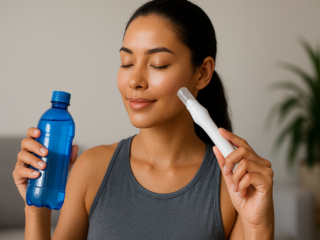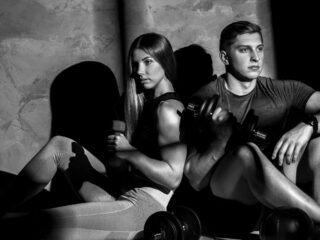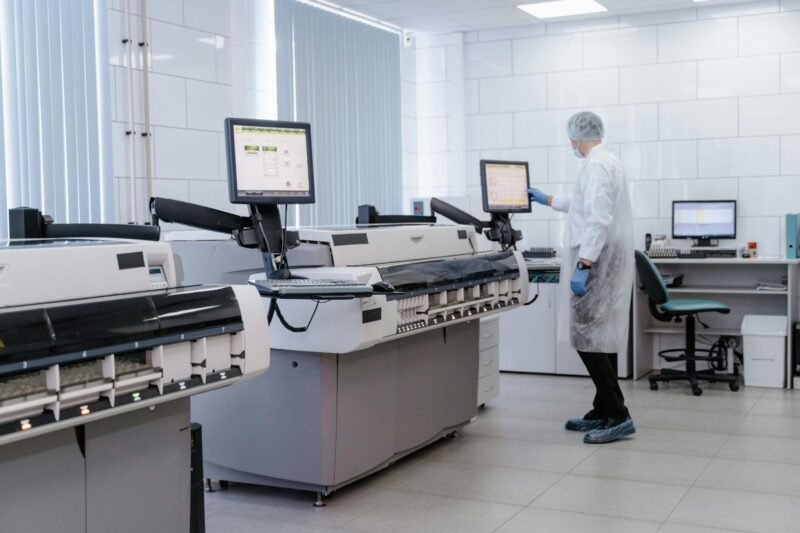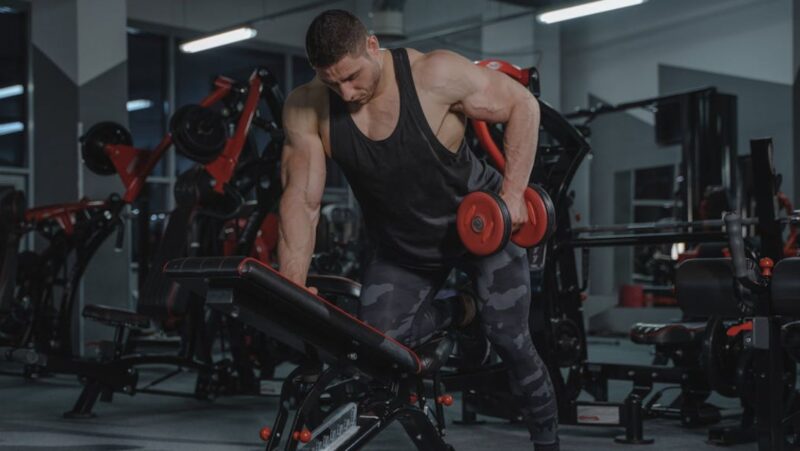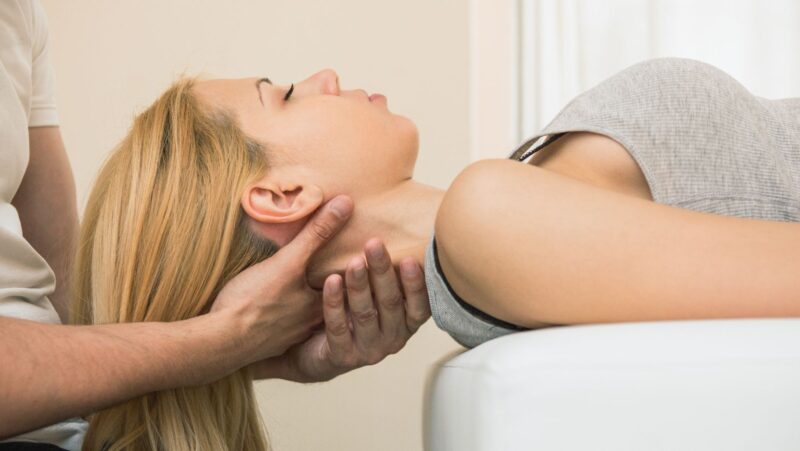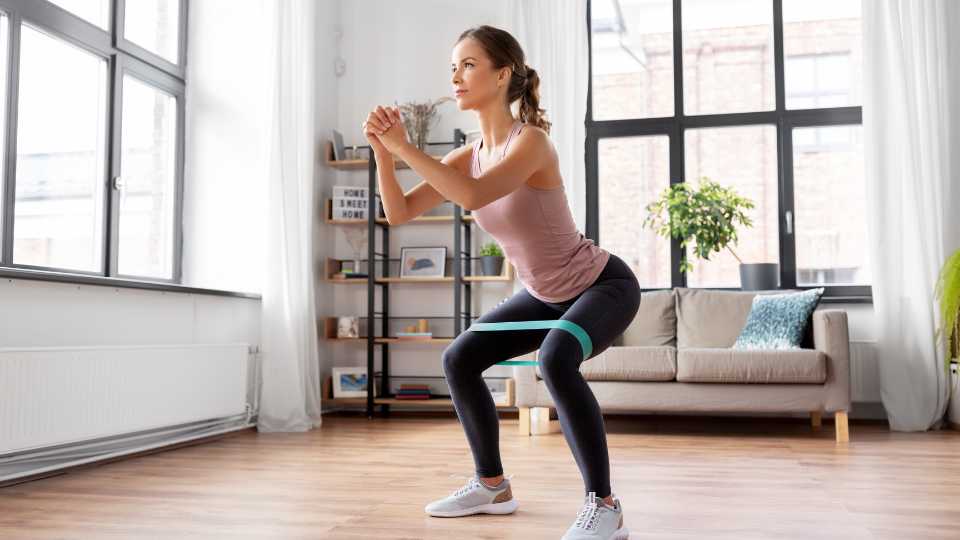
Home workouts have become more popular than ever. For many people, the convenience of exercising at home outweighs the need for a gym membership. With just a few key tools, you can create a space that supports strength, flexibility, and overall well-being.
Whether you’re new to fitness or simply want to stay active between busy schedules, having the right equipment makes all the difference. According to physio and mobility specialists like Medpoint in Dublin, choosing supportive, versatile tools ensures your workouts are both safe and effective — especially if you’re balancing exercise with recovery or mobility needs.
Here are five essential pieces of equipment that can transform your home workouts.
1. Yoga Mat – The Foundation of Every Workout
A yoga mat is more than just a soft surface. It’s your foundation for safe and comfortable movement.
Benefits of a yoga mat:
- Protects joints by providing cushioning.
- Prevents slipping during exercises.
- Creates a defined workout space that boosts focus.
- Useful for yoga, stretching, Pilates, and bodyweight training.
What to look for:
- Non-slip texture for stability.
- Adequate thickness (6–8mm for joint support, 3–4mm for balance work).
- Durable material that resists wear and tear.
2. Dumbbells – Strength in Small Packages
Strength training doesn’t require bulky machines. A pair of dumbbells can unlock a full-body workout.
Why dumbbells are essential:
- Train all major muscle groups — chest, arms, back, legs.
- Support progressive overload for muscle growth.
- Improve posture, bone density, and everyday mobility.
- Easy to adapt for beginners or advanced users.
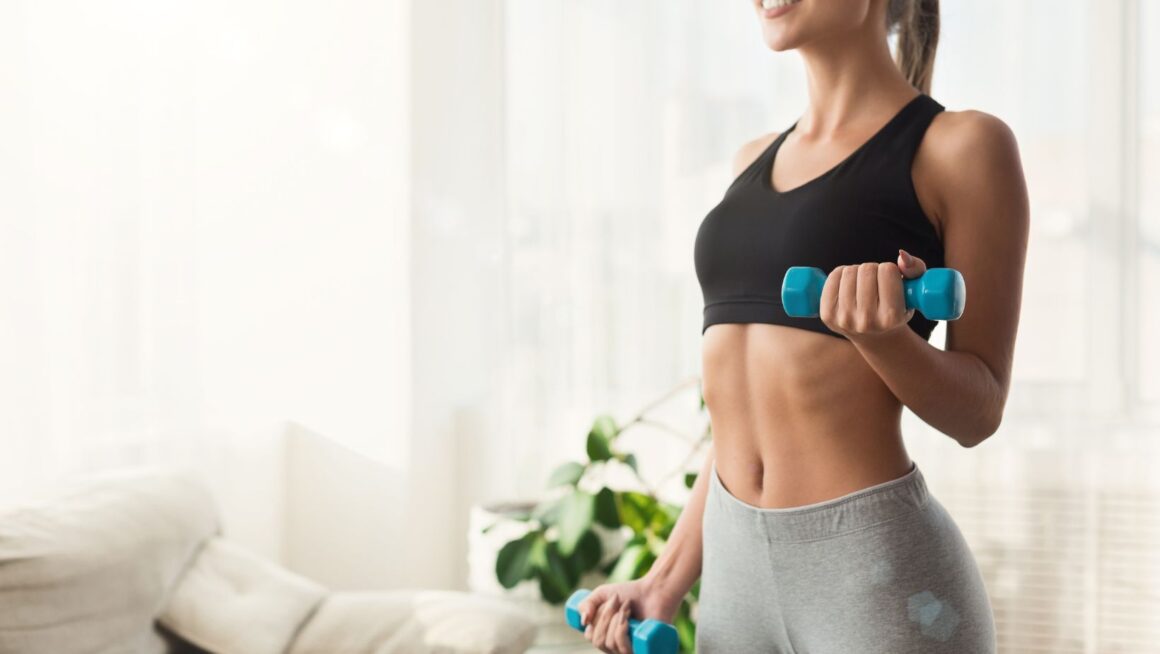
Pro tip: Adjustable dumbbells save space and let you increase weight gradually.
3. Resistance Bands – Compact and Versatile
Resistance bands are one of the most underrated tools in fitness. They offer incredible versatility in a small package.
Benefits of resistance bands:
- Lightweight and portable.
- Provide variable resistance — you can make movements easier or harder.
- Great for low-impact strength training.
- Commonly used in physiotherapy for injury rehab.
Ideas for use:
- Glute activation exercises.
- Assisted pull-ups.
- Shoulder mobility drills.
- Core stability routines.
4. Yoga Ball – Core Strength and Balance
Also known as a stability ball or Swiss ball, this tool engages your body in unique ways.
Why it’s useful:
- Builds core strength through balance-based exercises.
- Improves coordination and posture.
- Supports stretching and mobility drills.
- Can double as a desk chair to encourage active sitting.
Examples of exercises:
- Ball crunches for core activation.
- Wall squats with a ball for joint-friendly leg training.
- Hamstring curls for posterior chain strength.
5. Yoga Blocks – Support and Alignment
Flexibility and mobility are crucial for long-term fitness. Yoga blocks help you move safely while improving range of motion.
Benefits of yoga blocks:
- Provide support in challenging yoga poses.
- Prevent overstretching and injury.
- Help beginners maintain alignment.
- Useful for restorative yoga or cool-down stretches.
Best features to look for:
- Lightweight foam for easy handling.
- Non-slip surface for stability.
- Standard size (9” x 6” x 4”) for versatility.
Building a Balanced Home Routine
Having the tools is just the start — how you use them matters. A balanced routine should include:
- Strength training (dumbbells, resistance bands).
- Flexibility and mobility (yoga mat, yoga blocks).
- Core stability (yoga ball).
- Recovery time (stretching and rest days).
Tips to stay consistent:
- Set aside a dedicated workout space.
- Schedule workouts like appointments.
- Mix short sessions (10–20 minutes) with longer workouts.
- Track your progress for motivation.
FAQs About Home Fitness Tools
1. Do I need all five tools to start?
No — even one or two items can be enough. A yoga mat and resistance bands are a great starting point if you’re on a budget.
2. Are resistance bands as effective as dumbbells?
Yes, in many ways. They create constant tension and can challenge muscles differently. However, dumbbells allow for heavier progressive overload, which is important for building strength long-term.
3. Can I use a yoga ball instead of a chair?
Yes, but only for short periods. A yoga ball encourages better posture and core activation, but it may cause fatigue if used as a full-time desk chair. Alternate between the ball and a supportive chair.
4. How do I choose the right dumbbell weight?
Pick a weight that feels challenging but allows you to complete 10–12 reps with good form. For beginners, 2–5kg is a good starting range, but it varies by individual.
5. How often should I work out at home?
Aim for at least 3–4 sessions per week. Combine strength, mobility, and core work for a well-rounded routine. Even short daily sessions can add up over time.
Final Thoughts
Creating a home fitness setup doesn’t mean filling your living room with machines. With just a few simple, versatile tools, you can build strength, improve flexibility, and support long-term mobility.
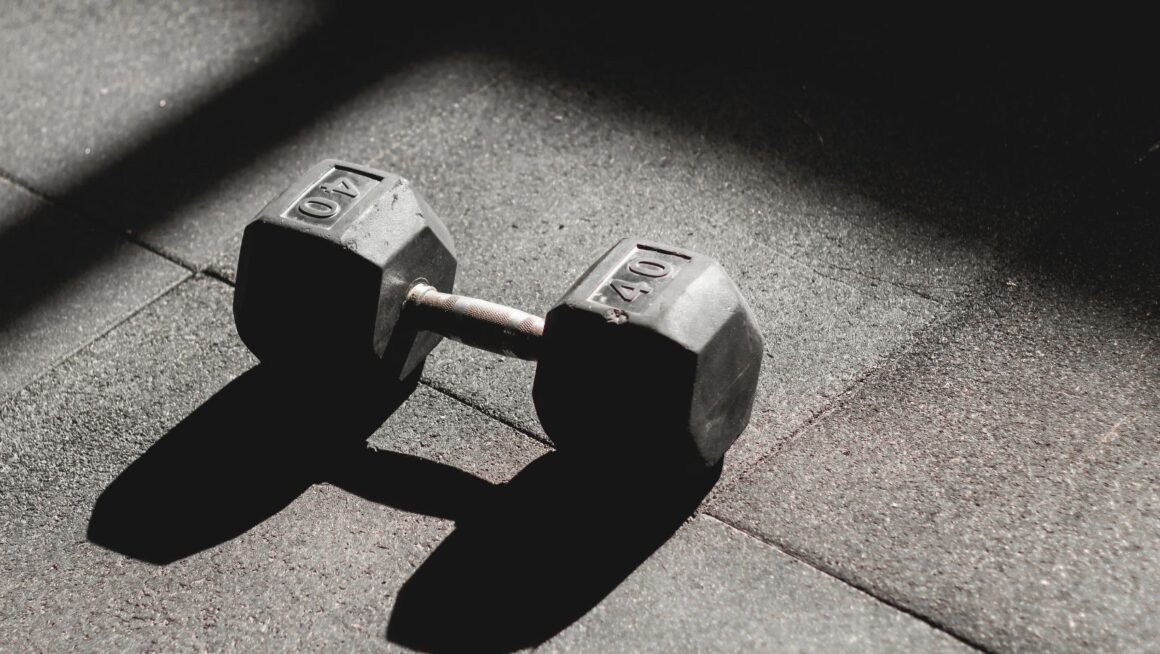
The five essentials — yoga mat, dumbbells, resistance bands, yoga ball, and yoga blocks — give you everything you need for a well-rounded routine. Start with what you can, stay consistent, and your home workouts will soon feel just as effective as any gym session.



